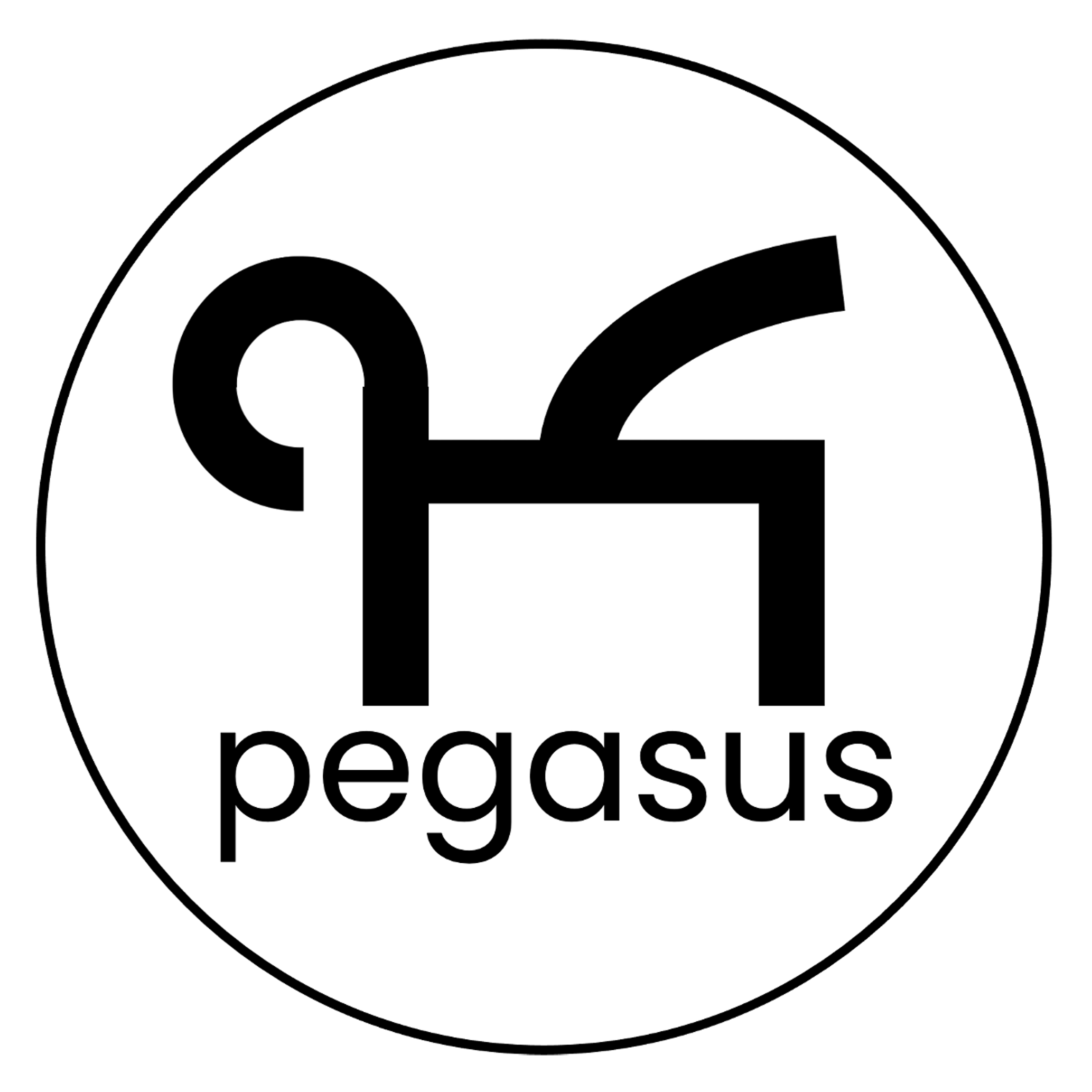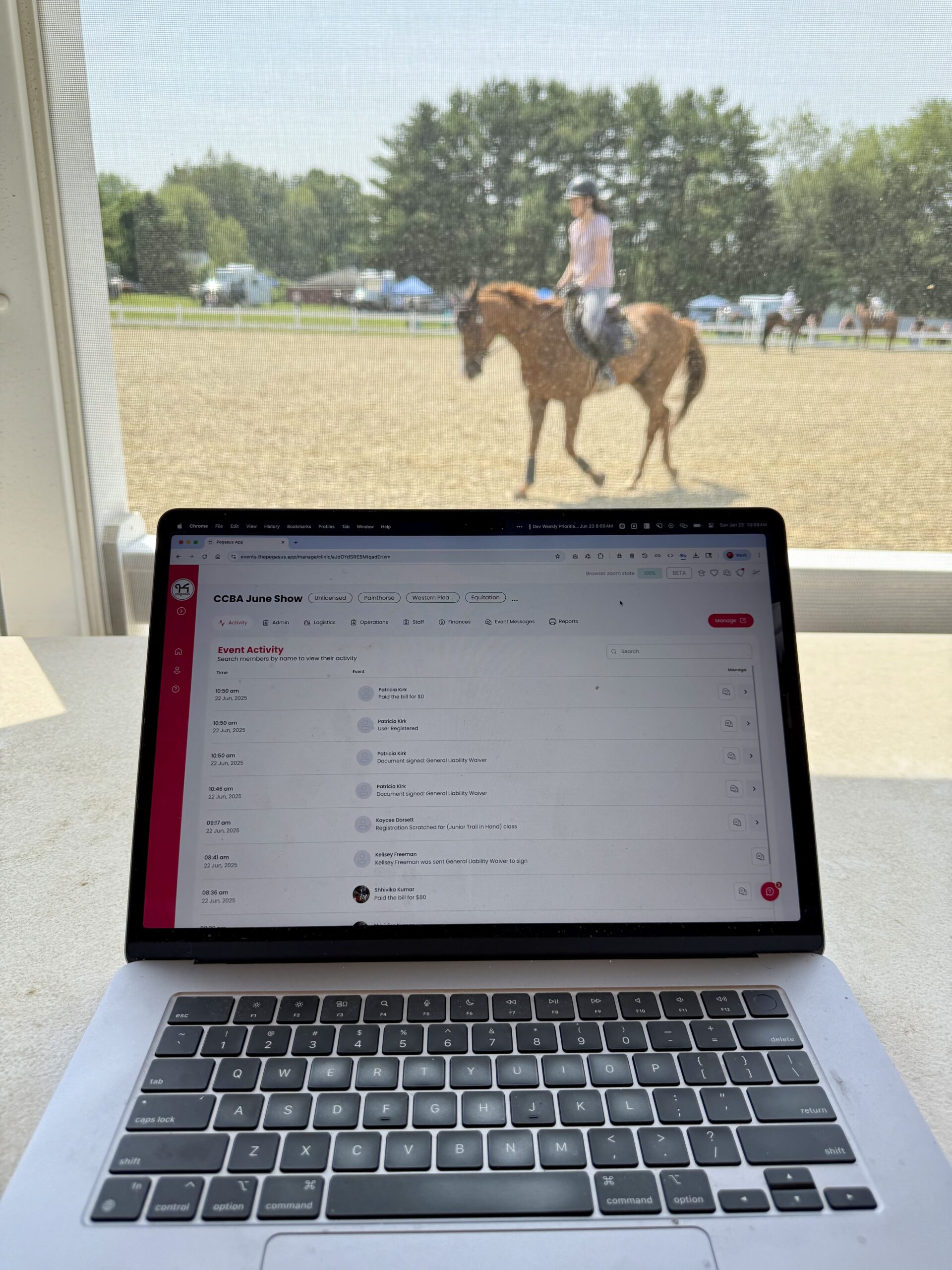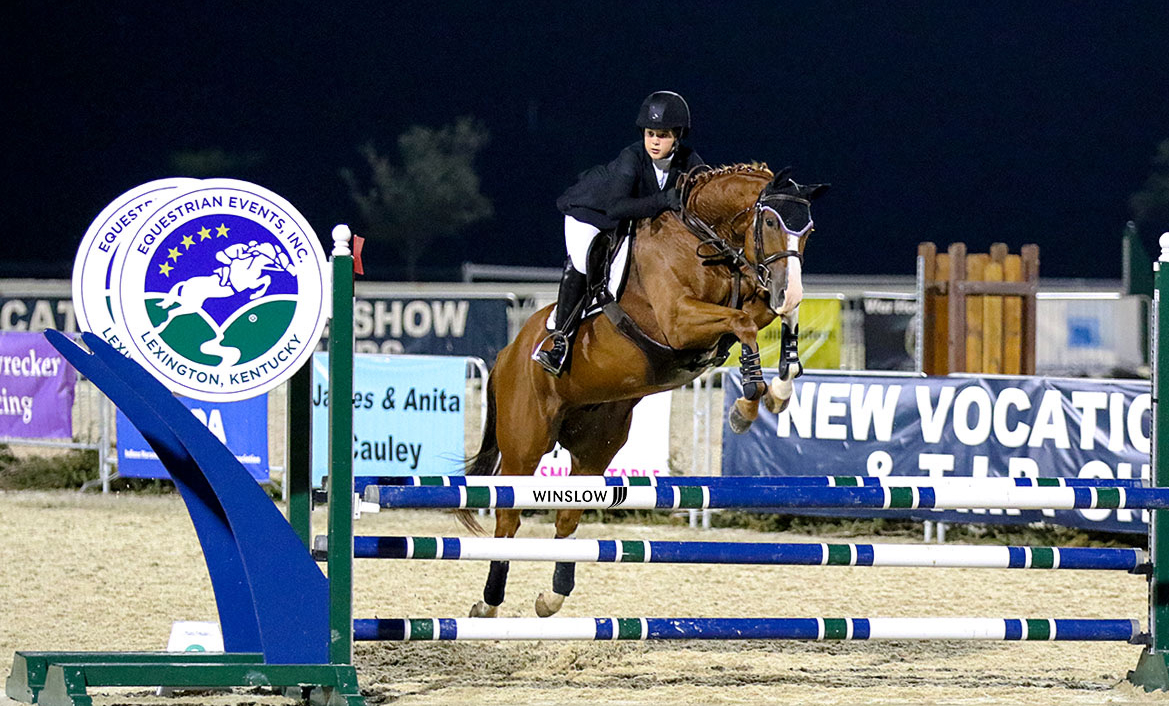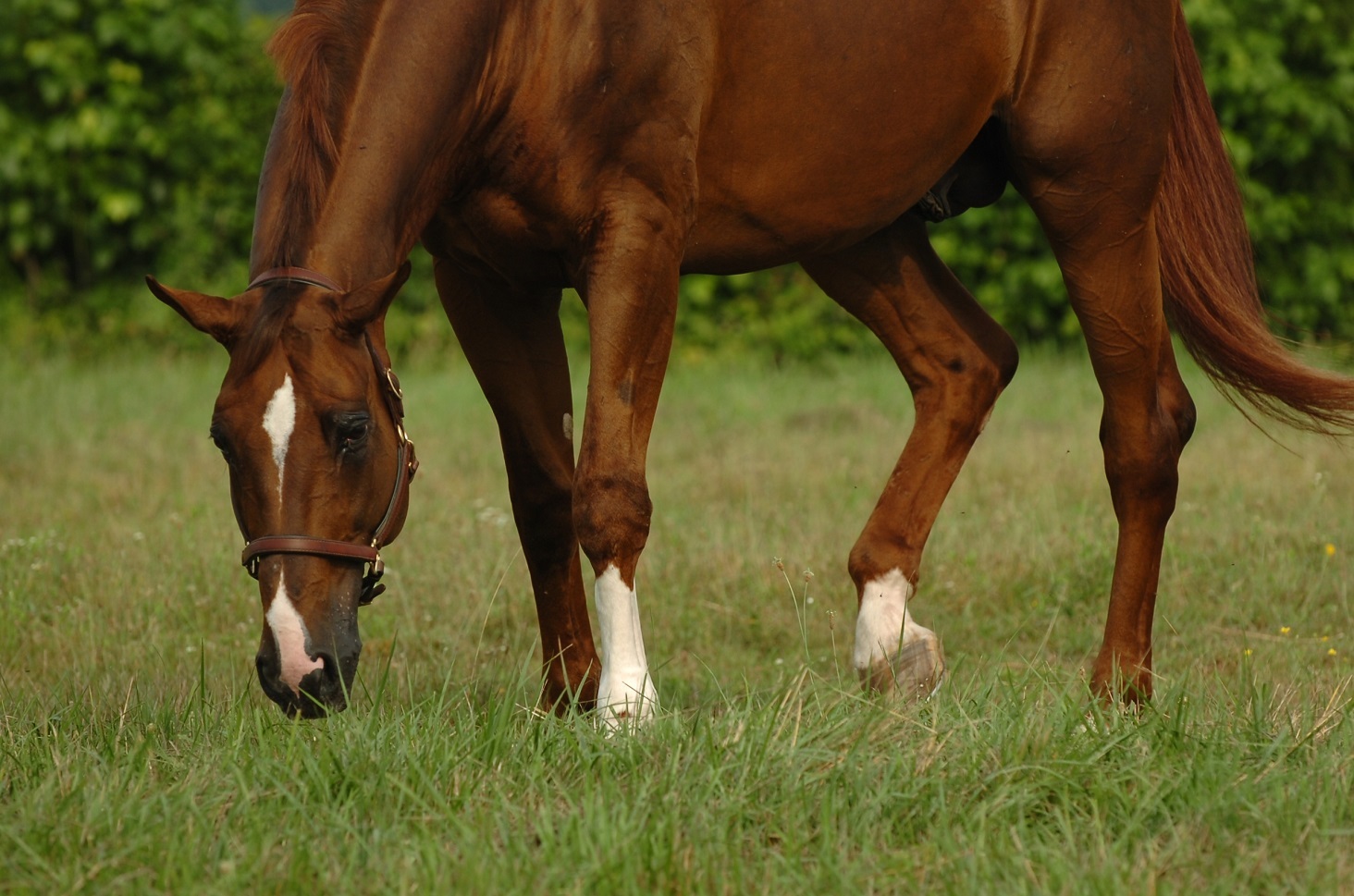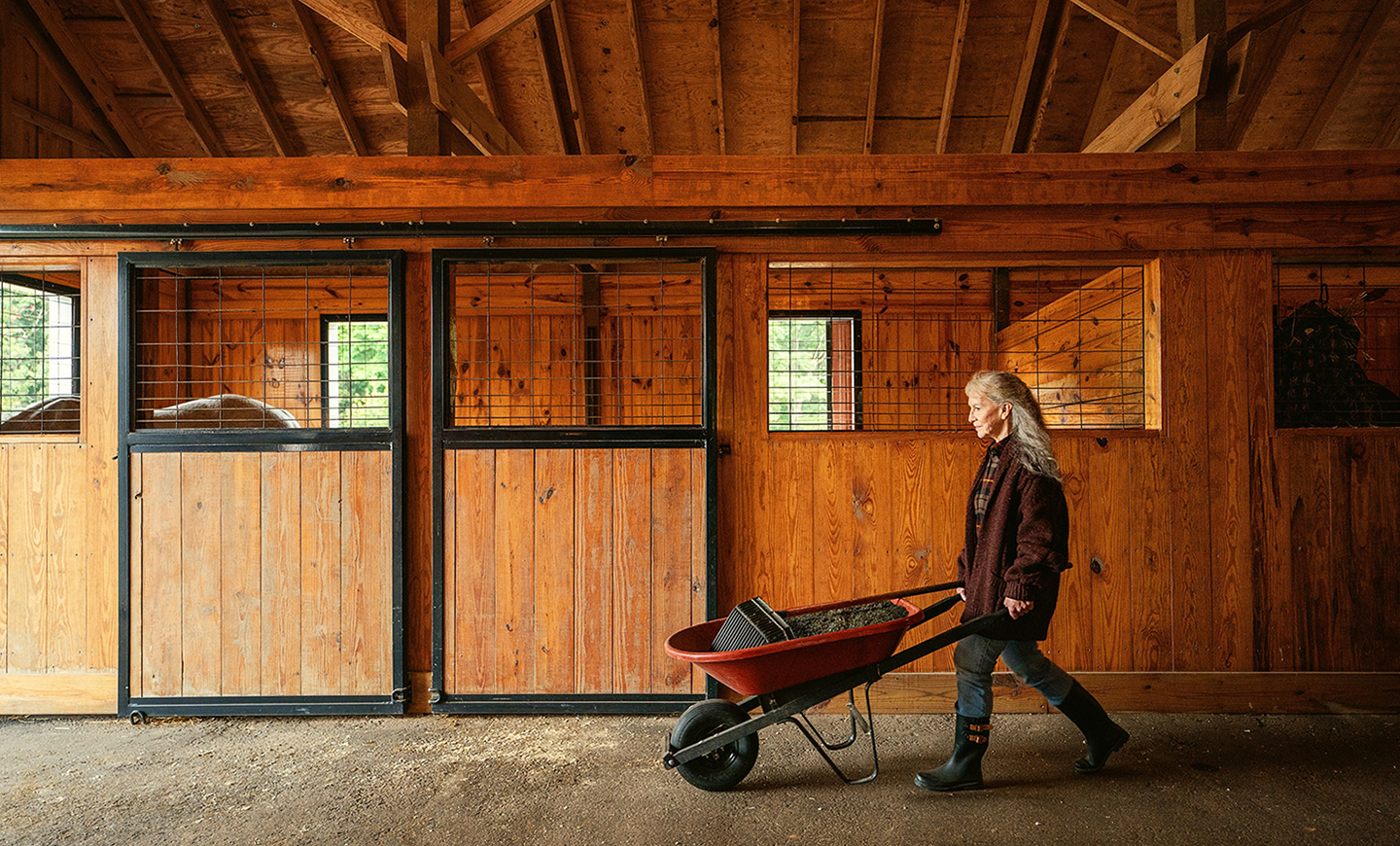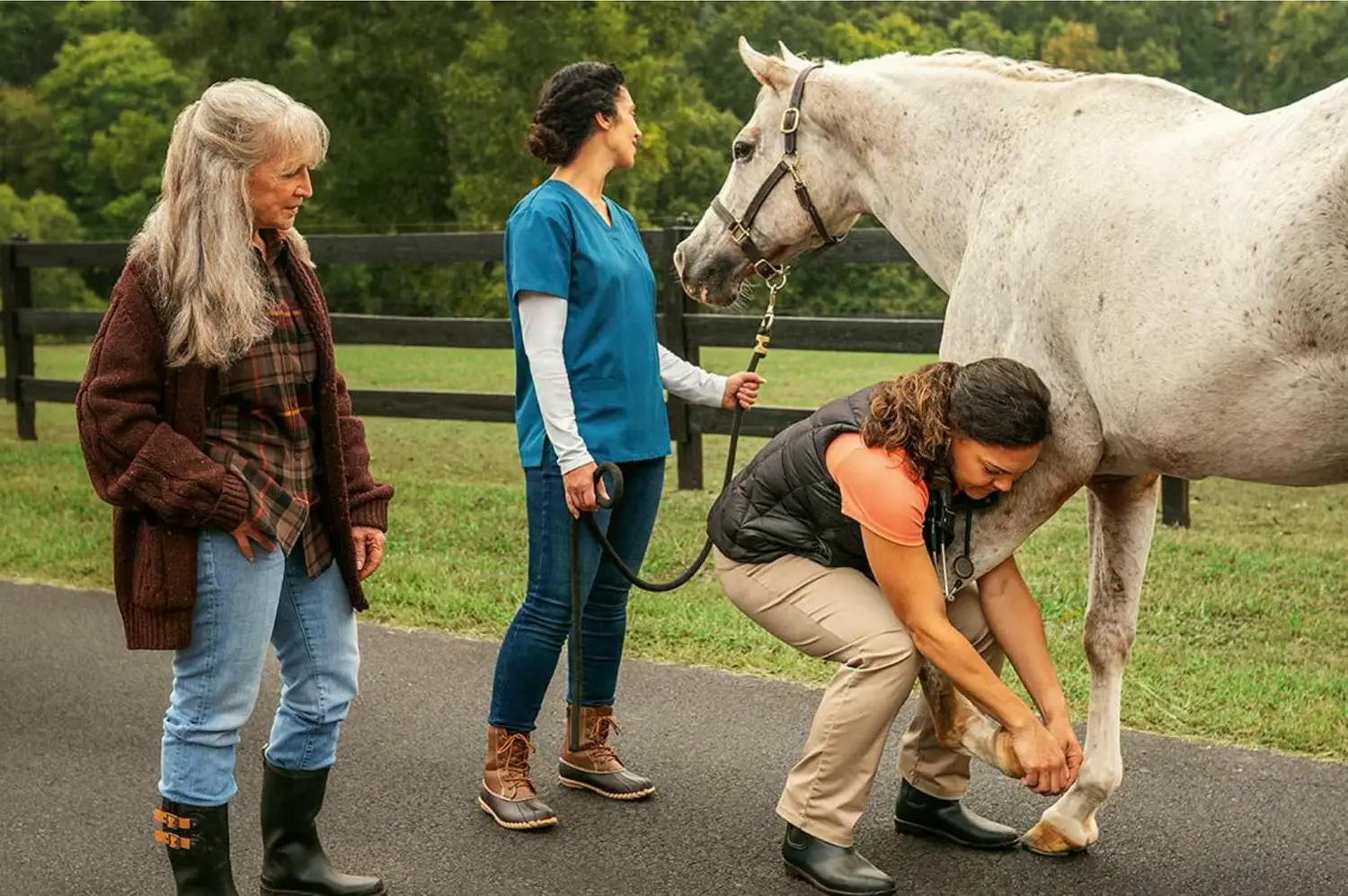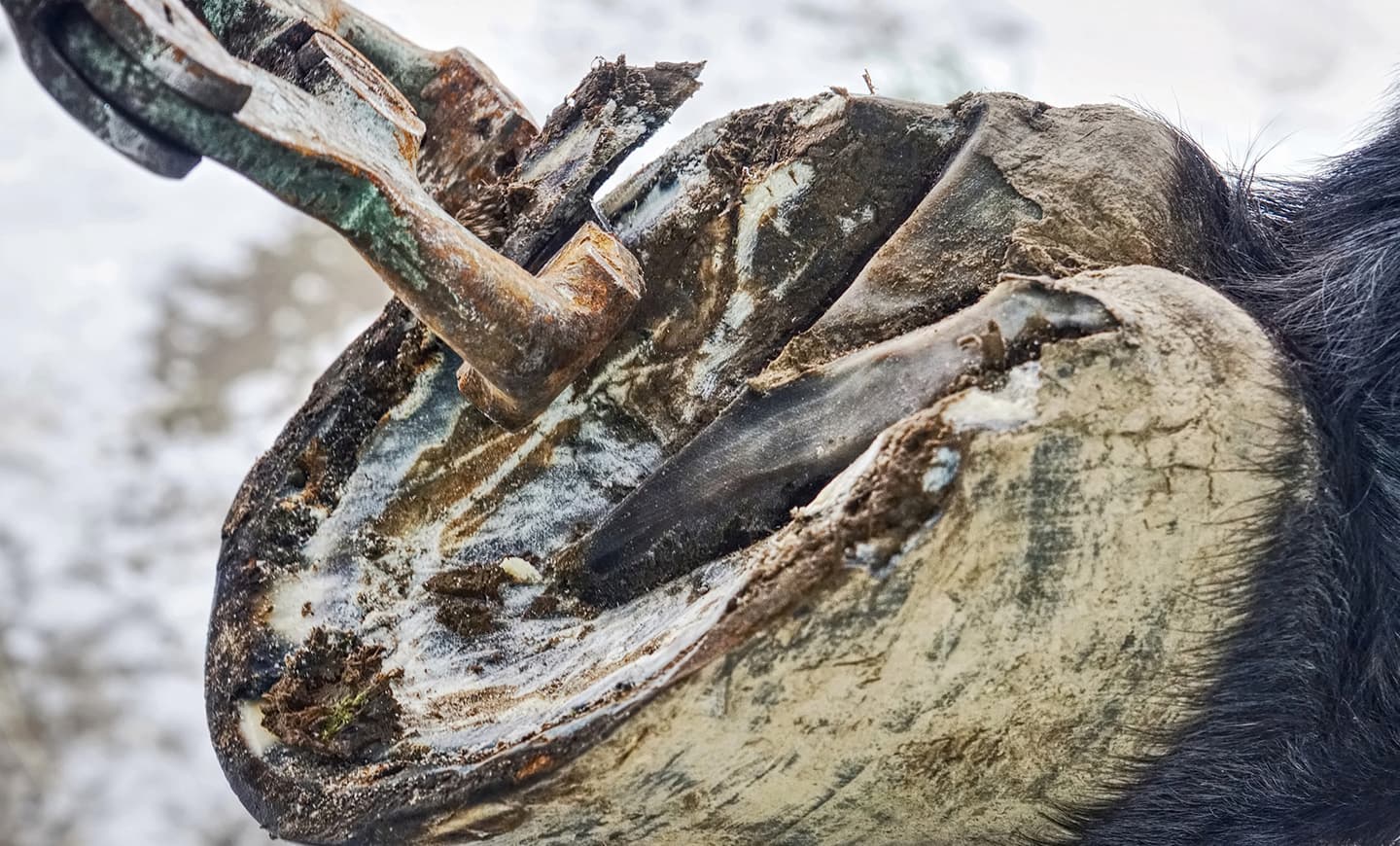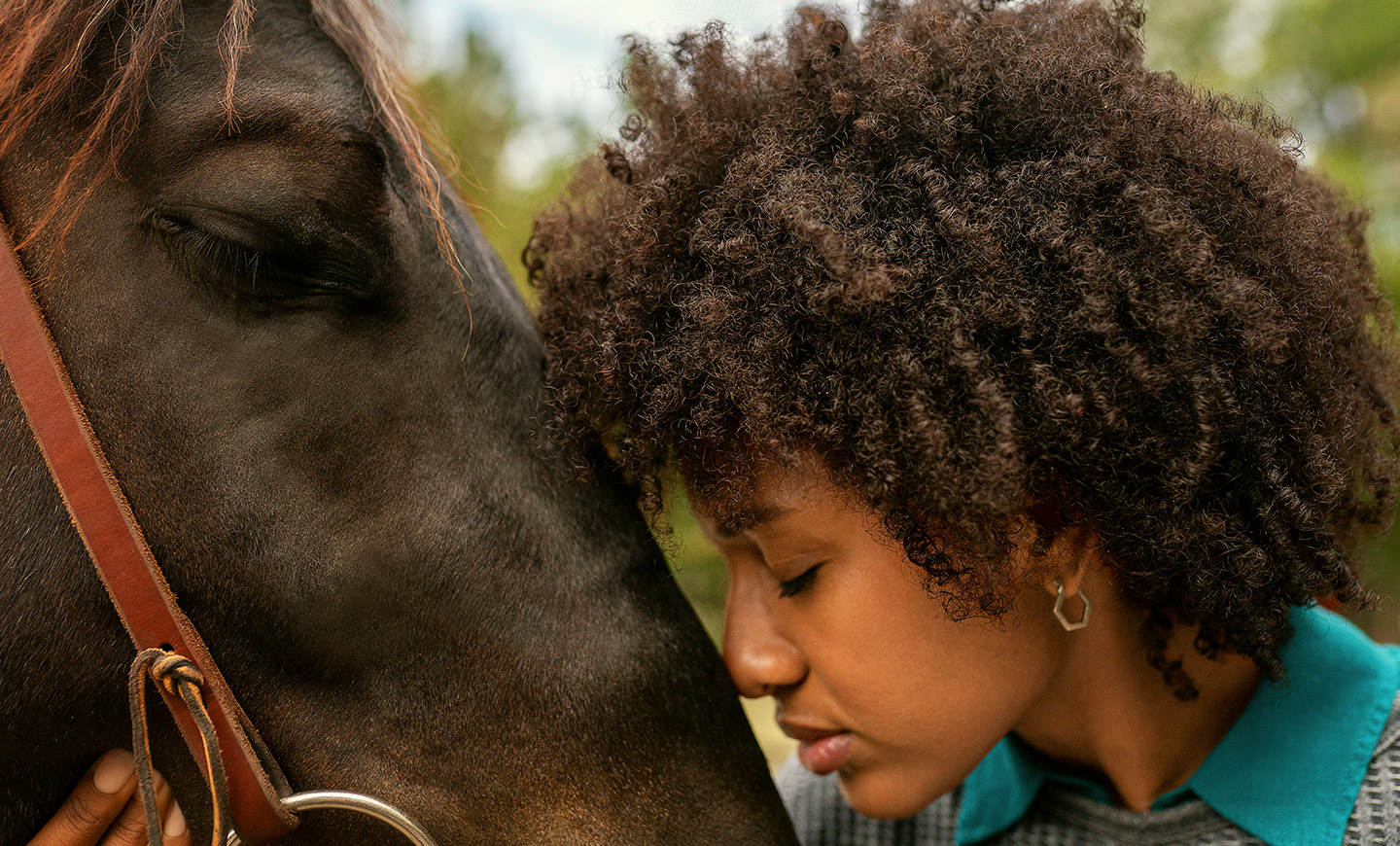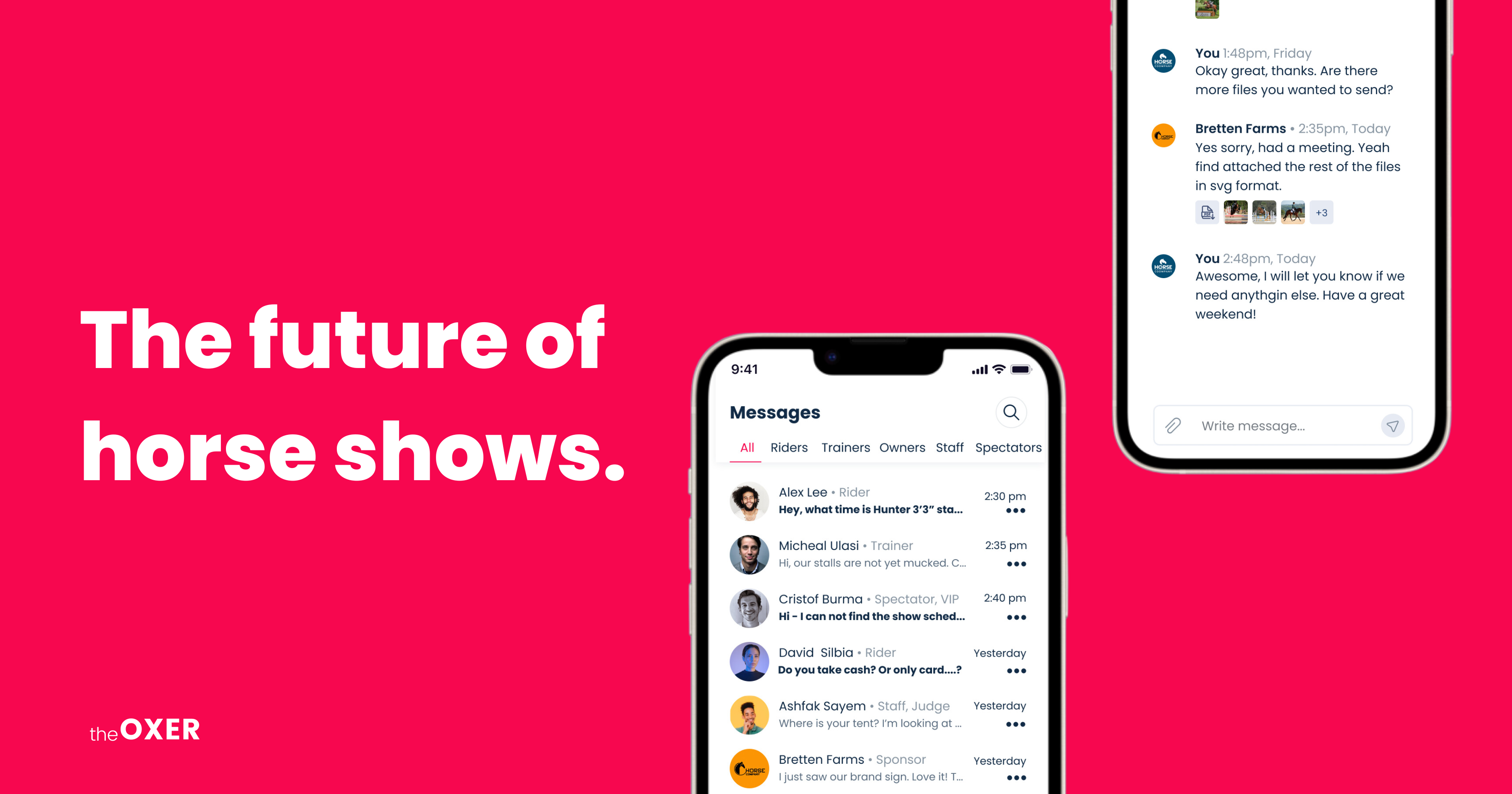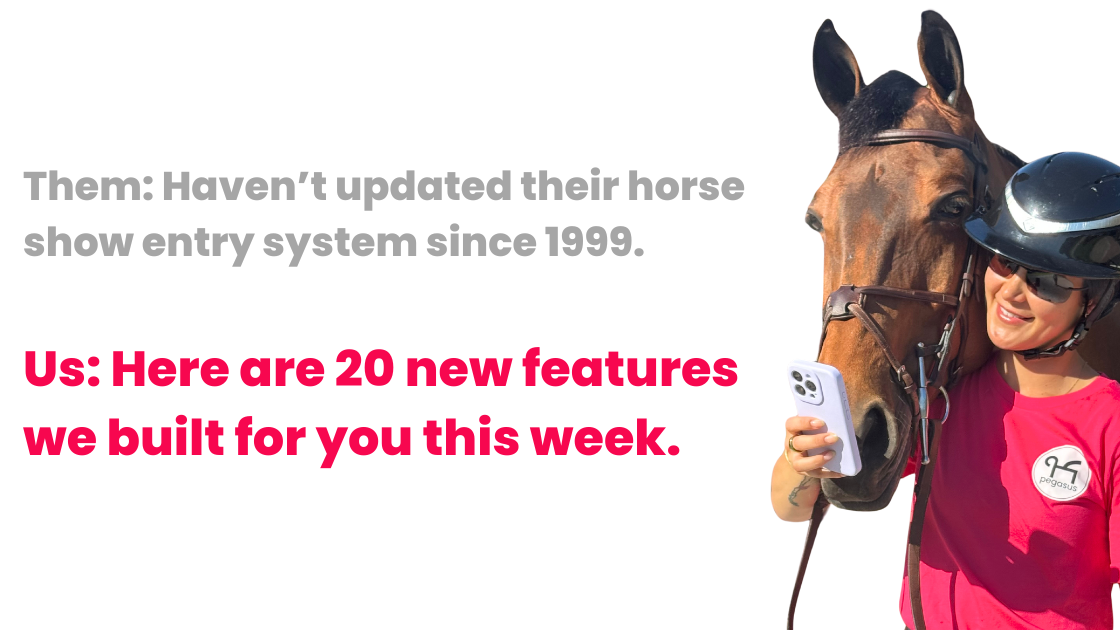Happy Friday partner,
On today’s edition of The Oxer by Pegasus, we are covering the most important insights from our Pegasus Podcast episode featuring Gabriela Reutter.
Gaby is not only our Pegasus ambassador, but she is also the number one ranked Chilean female Show Jumper and one of the largest equestrian social media influencers, whose content reaches millions of viewers per month.
Before we jump into it, are you an event organizer looking to put on your next clinic or horse show? We’re excited to announce that the Pegasus event management system is now live!
Pegasus is the first modern horse show entry system that makes it easy to run an event from start to finish. You can accept online entry registrations, receive digital signatures for your event paperwork, as well as manage the logistics, scoring, and scheduling of your event.
Run better horse shows with the Pegasus Event Management System at www.thepegasus.app.
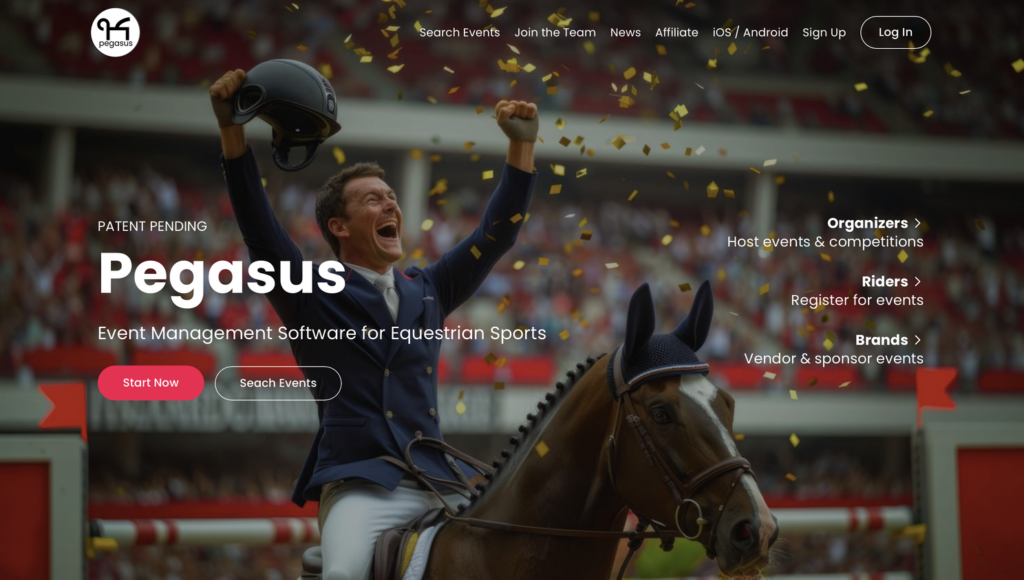
Gaby’s Career Trajectory in a Nutshell
Gaby’s career started in a humble and organic fashion.
She was first exposed to horses as a child when her mom took her to see some while on a family vacation. The love for horses soon became an obsession: from petting them once to going to riding classes; to riding every day; to having one horse; then to having multiple horses.
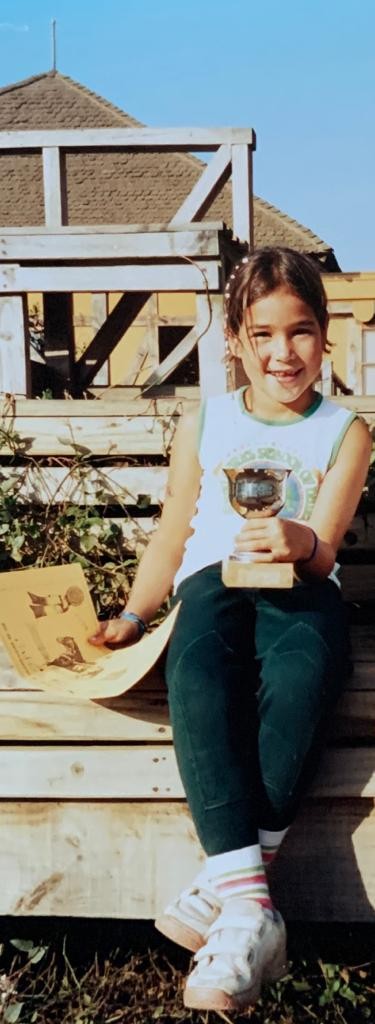
Despite Gaby’s success in Chile, the adjustment from her home country to show jumping in the United States proved to be difficult.
The Low Junior Show Jumping Classic in the United States was a more challenging course than the Grand Prix in Chile!
It just demonstrates how competitive horse sports, especially show jumping, are in the U.S. compared to other countries.
The difference between Chile’s show jumping scene versus America’s is massive. Although Chile covers almost all of South America’s Pacific Coast, most of jumping is concentrated in Chile’s capital, Santiago.

Because of that, there’s a small number of people in the entire country who compete on a highly competitive level like Gaby.
Maybe a handful of FEI events happen annually in Chile. And when they do, they are usually one-star.
Gaby got her first taste of America in 2013 when she moved to Wellington as a 16-year-old. She was there for two months and that time turned out to be revelatory for what she needed to do next.
Persistent on building her equestrian career in America, Gaby decided she needed to make some changes. The largest of these changes was finding a new trainer.

Rather than settling for whomever she could find, Gaby reached out to one of her show jumping idols at the time, Reed Kessler—the youngest show jumper to ever compete in the Olympics.
She messaged Reed asking her if she had any recommendations for a trainer. Reed recommended Chris Kappler.
Gaby reached out to Chris via a cold email. Now they’ve been working together for over ten years.
In many situations, people would’ve gone to Wellington, realized how competitive it was, and had quit. But Gaby didn’t quit: instead, she used it as motivation to become one of the best of the best.
Funding a Successful Equestrian Career
Funding a long-term career in American horse sports is certainly expensive. According to Gaby, it costs at least $100,000 annually to have a horse and compete at her level.
There are two groups of people who are able to do it: riders who already have money or riders who have to fund themselves somehow.
Gaby is in the latter of these categories.
Gaby has been growing her various income streams, including from brand deals who discover her from social media, to training lessons, to sales horses.
Making money from social media wasn’t on her radar until recently. Before the pandemic, Gaby would share rounds and results, maintaining a standard professional account.
Then posting a video of combing her horse’s tail went viral, and that was the catalyst for creating even more viral edutainment content.

Gaby demonstrates her persistence again with social media. If you go on her Reels page and scroll all the way down, much of the content you’ll see has less than 500 views.

Money isn’t the only thing that wins ribbons.
As discussed on the podcast, there are a lot of athletes who “pay to play” and do nothing else. they typically have the same patterns:
- The rely on their horse to do everything.
- Anything that goes wrong is always the horse’s fault.
- They hit their natural ceiling.
Whereas a true horseperson understands that the horse isn’t a tool: the horse is your partner.
In order to win ribbons, you need to view your horse as such.
That said, money is what fuels that partnership.
In show jumping particularly, how good your horse is matters a lot. Money can make your horse better, by either buying a good horse or investing time—which costs money—to train your horse.

Few professional riders are able to connect with and be sponsored by wealthy individuals who pay for their horses and competitions.
Most professionals, however, spend the majority of their time training other people’s horses to earn the money they require and and then in their spare time, train their own horse to then go on the road and compete.
But the challenge for the latter group to be in the top bracket is that, in order to compete enough to get noticed by sponsors, they need more money to travel and train.
As a result, they compete less. They travel less. They get seen less.
And then the best riders who have all the money, who have the sponsors, they travel more, they compete more, they get seen more. So they get more of the sponsor’s support.
The end result is that the gap gets wider and harder for those who are trying to break into that top tier.
It’s wise to think about how to fund your equestrian career if you want to take yourself to the next level.
Many thanks to Gaby for spending time with us on the show. You can listen to the full episode on Apple Podcasts, Spotify, or wherever you listen to The Pegasus Podcast.
Be sure to follow Gaby on Instagram and TikTok as well.
Raise the rails,
The Oxer by Pegasus
